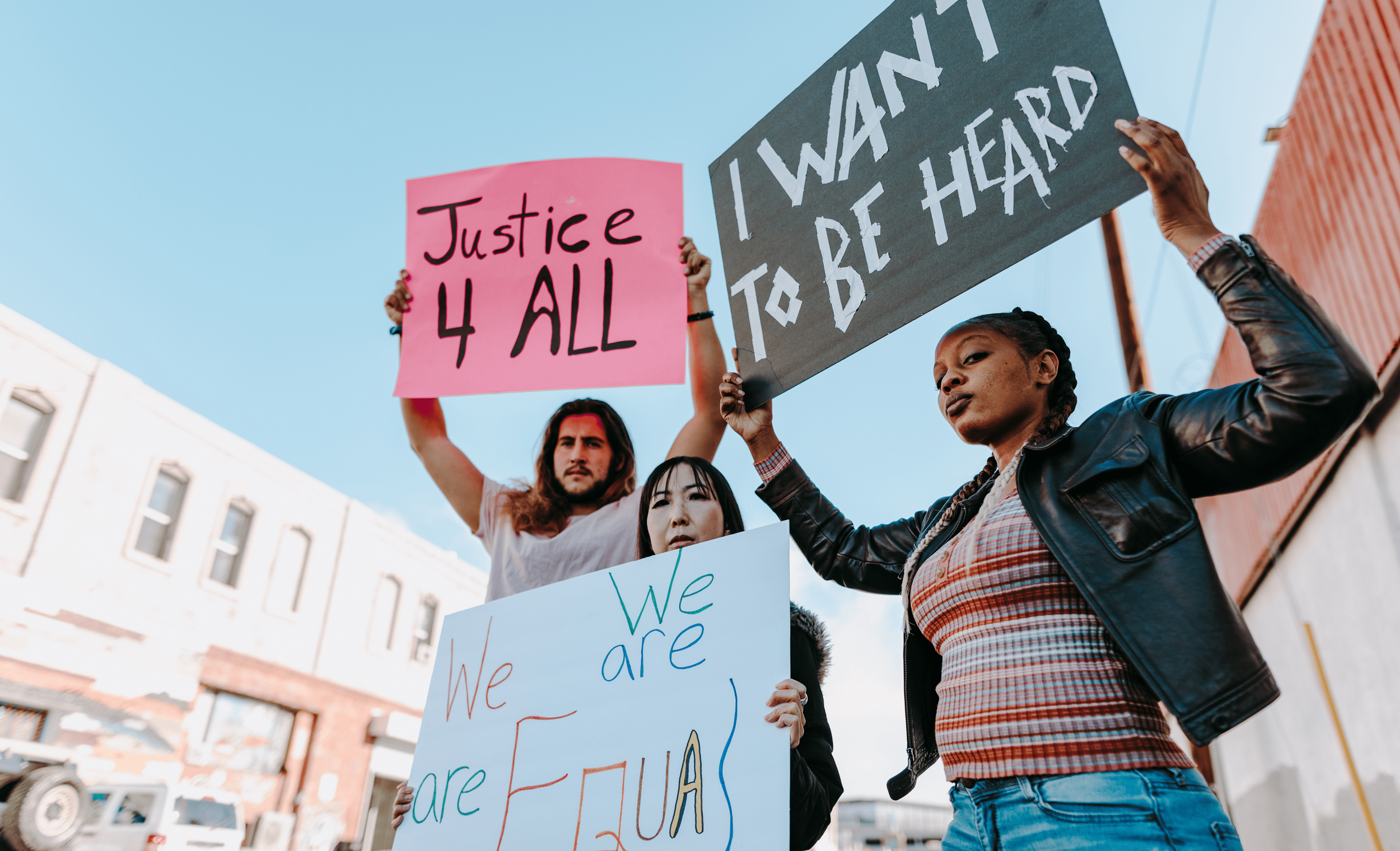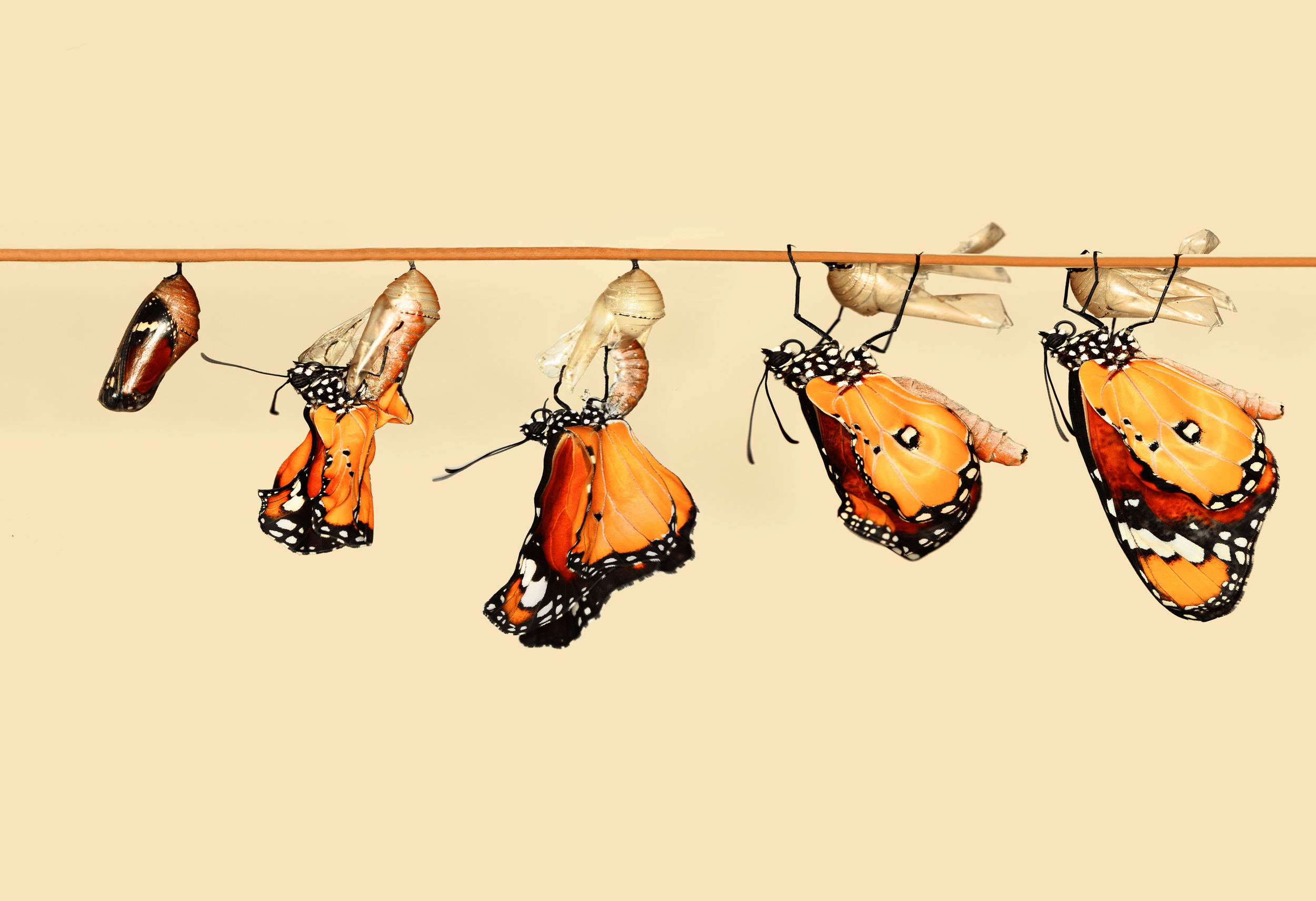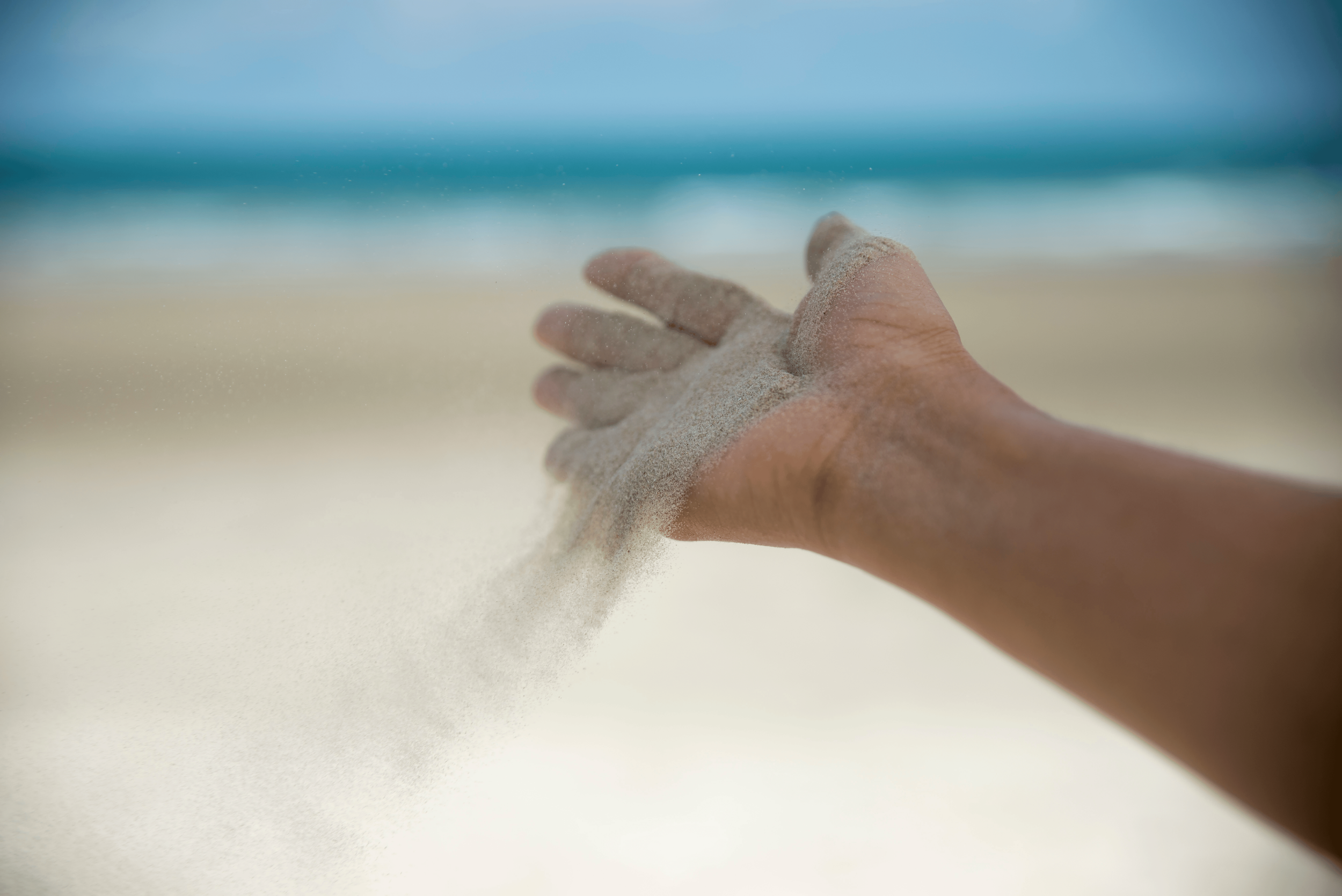Embracing inner peace.
A moment of mindful freedom—rooted, open, and fully present.
True independence begins within.
With another 4th of July come and gone here in the good ol’ US of A, freedom has been at the forefront of my thoughts. Actually, it’s been floating around in this noggin of mine for quite some time now, given the current state of our federal government. And if I’m honest, my lifelong resistance to being told what to do.
Freedom isn’t something we only celebrate for one day of the year and hope for the best. It’s an idea and a practice that needs to be protected and maintained, both internally and externally to ensure that we actually are free.
Both internal and external freedom are important, but I think internal freedom is a necessary foundation for establishing universal external freedom. It’s also the kind we have the most control over, so I’m going to mostly focus on exploring that a little further.
When we stand together for justice and human rights, we move one step closer to collective liberation. Because no one is free until everyone is free.
But first, a reminder, for those in the back, that external freedom is the absence of constraints imposed by others. It’s the autonomy to choose what we do, how and when we do it, and with whom we do it, so long as it doesn’t infringe on anyone else’s freedom. If your “freedom” oppresses or excludes others, you’re not truly free either.
Let’s talk about what real external freedom entails:
- The right to clean air, water, and land.
- Access to enough food and safe shelter.
- Healthcare and education that are available to all.
- The liberty to live where we want, love who we love, and engage in meaningful work.
- To rest and rejuvenate.
- To be safe and protected by just laws.
- To think, believe, express, and assemble freely and peacefully.
- And of course, the ultimate freedom: the right to be alive.
All of these are vital. And I’m sure I’ve missed a few. But let’s bring it back to where it all starts, with internal freedom. Because without that, no form of external freedom can fully exist.
What Is Internal Freedom?
Internal freedom is the transformation of suffering through mindful awareness and emotional resilience. It’s the ability to stay present and grounded, even when life feels overwhelming. It’s the courage to face hard (and soft) truths rather than avoiding or distracting ourselves from discomfort.
Transformation takes time. Freedom unfolds from within.
It means accepting that nothing stays the same. Everything is impermanent. Life is always shifting, always evolving, moment by moment. Nothing lasts forever no matter how much we want it to. Or don’t want it to. Internal freedom recognizes the interconnectedness of all things, how we impact and are impacted by others and the world around us.
It’s not about ignoring pain. Suffering isn’t the “bad” things that happen, it’s staying stuck in those painful moments longer than necessary. Shitty stuff happens. Pain will always be a part of life, but clinging to events, identities, or beliefs that no longer serve us often traps us in cycles of suffering.
Believe you me, I am the queen of “It’s not fair!” I believe so deeply in equity, justice, and collective liberation that I earned a degree in social work. But I’ve learned that mindful acceptance, not attachment to outcomes, creates space for real change.
The Practice of Letting Go
Letting go is tricky. I’ve literally googled “how to let go.” (Spoiler: it didn’t really help.) What eventually clicked, through personal experience, not a search engine, was that letting go is actually a physical practice.
It starts by noticing your body: the clenched jaw, tight shoulders, balled-up fists. Then you breathe, slowly and deeply, into those tense areas. This tells your brain there’s no immediate threat (unless there is, in which case, please fight, flee, or freeze accordingly, whichever will save your ass).
Letting go creates space. Release what no longer serves to make room for peace.
That mind-body connection interrupts the thought loops and emotional spirals that keep you from being fully present. And it’s only in a more relaxed, open, and grounded state that we can effectively address whatever’s going on, internally or externally.
Sometimes we realize we’ve created a story from past wounds and need to shift our mindset. Other times, there’s a real problem to solve. But when we meet that challenge from a place of presence, clarity, and compassion, we act with far more wisdom.
Mindfulness, Compassion, and Conscious Action
This path doesn’t mean accepting injustice or harmful behavior. In fact, it empowers us to set stronger boundaries and engage in mindful activism. Meeting anger with anger, or fear with fear, keeps us trapped in cycles of suffering that stretch back for centuries. If that worked, we wouldn’t have wars anymore, but here we are...
By cultivating inner peace, self-awareness, and compassion, we can move beyond ego-driven reactions. We become more skillful at influencing meaningful change, without perpetuating harm.
This is where mindfulness for freedom and justice comes in. When we practice being present with ourselves and others, we disrupt reactive patterns and instead move toward thoughtful, healing action.
Internal Freedom as the Path to Collective Liberation
Holding space for peace. Compassion is the path to true freedom.
We spend most of our lives reacting from the past or bracing for the future. Often both, simultaneously. But by choosing mindful awareness of our thoughts, emotions, behaviors, and surroundings, we break free from past conditioning and future fear.
This mindfulness helps us navigate everything from difficult relationships to social injustice to climate grief. Over the years, I’ve even come face-to-face with a couple of actual black bears (not a metaphor). And being wholly present allowed me to walk away, gently and safely.
Most of us, thankfully, aren’t facing immediate threats in every moment. That gives us the opportunity to pause, reflect, and respond consciously. We can choose how we want to engage with the world, and with the external freedoms still not granted to all.
Because until everyone is free, no one is.
And we should all celebrate independence day every day, striving for external freedom for all by cultivating our internal freedom. Practice mindfulness. Learn to let go. Stay grounded in the present moment. Let’s move toward collective liberation—together.
Written by Amanda Stemen, MS, LCSW





